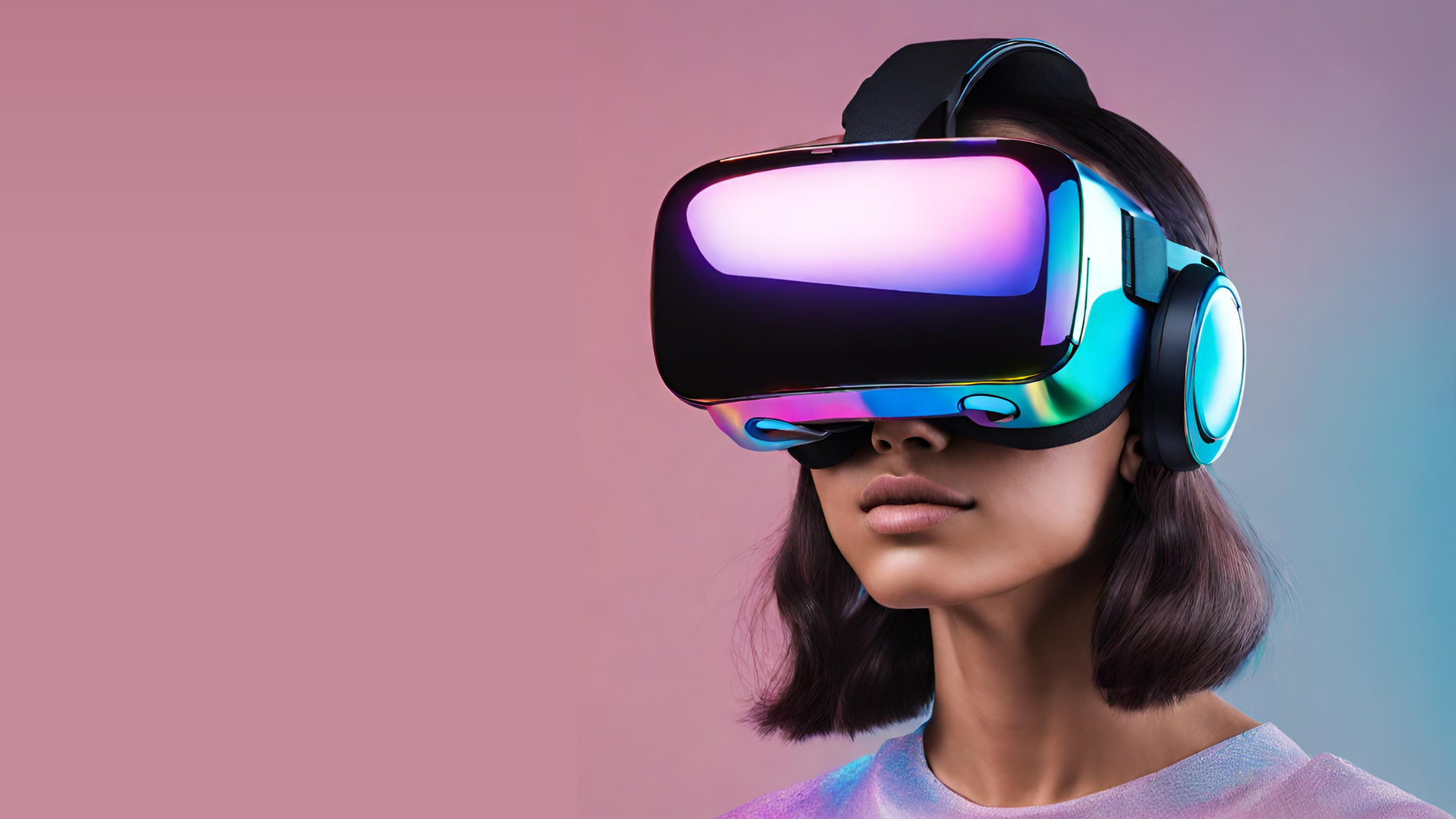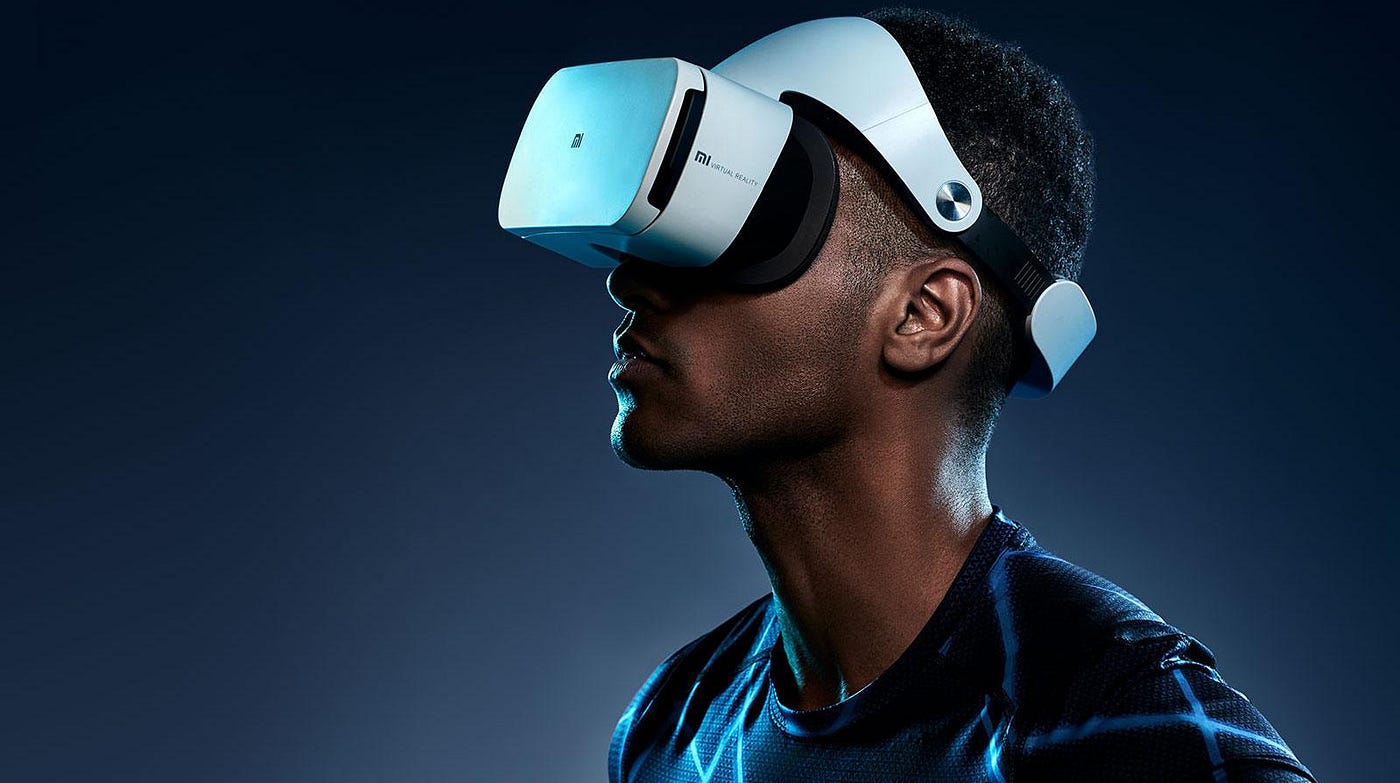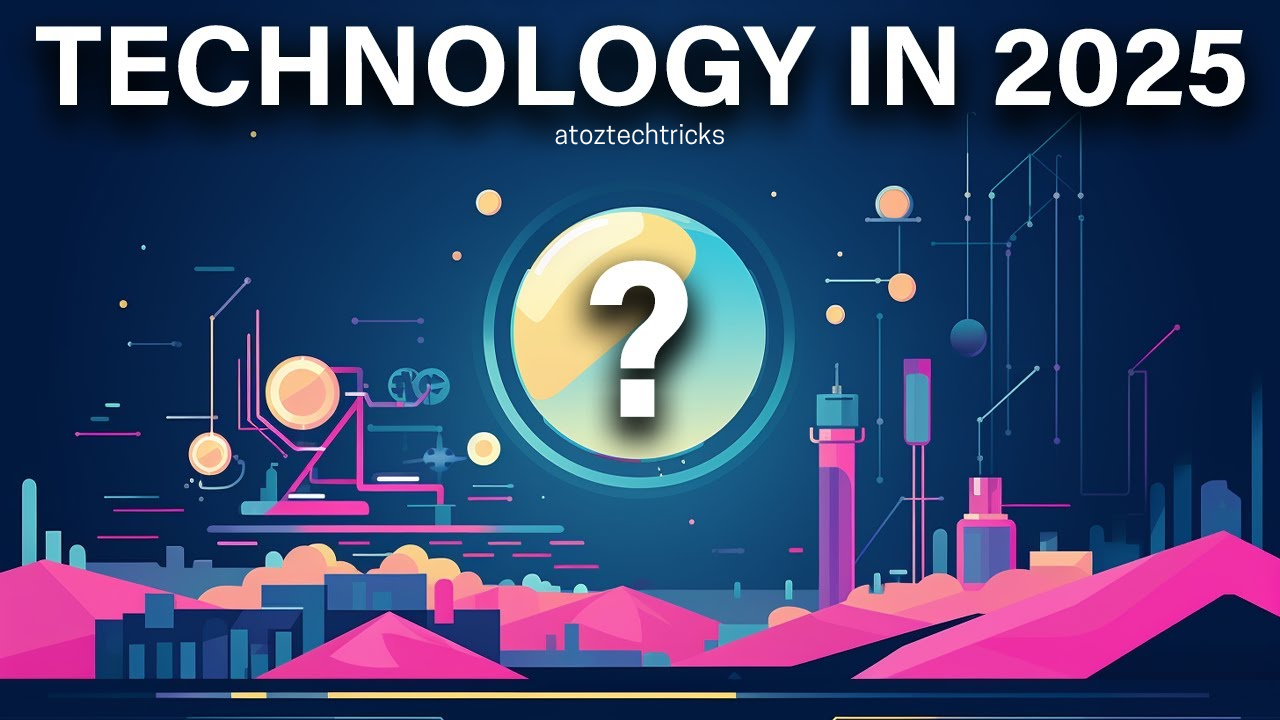Virtual Reality (VR) has evolved significantly since its inception, transforming from a futuristic concept into a mainstream technology that is revolutionizing multiple industries. From gaming to education, healthcare to real estate, VR is changing the way we interact with digital content, providing immersive experiences that were once thought to be the realm of science fiction. As we move into 2024, the VR landscape continues to evolve, bringing with it an array of cutting-edge gadgets that promise to enhance the VR experience even further.
A Brief History of Virtual Reality
Before diving into the must-have VR gadgets for 2024, it’s essential to understand the evolution of VR technology. The concept of VR dates back to the 1960s, when Ivan Sutherland developed the first head-mounted display system, known as the “Sword of Damocles.” Although primitive by today’s standards, this device laid the groundwork for the VR technology we know today.
The 1980s saw further developments, with the introduction of the DataGlove and the EyePhone by VPL Research, marking the first commercially available VR devices. However, it wasn’t until the 2010s that VR began to gain mainstream traction. The launch of the Oculus Rift in 2012, followed by the HTC Vive and PlayStation VR, brought VR into the consumer market, igniting a new era of immersive experiences.
The State of VR in 2024
Fast forward to 2024, and VR has become a staple in various sectors, including entertainment, education, healthcare, and enterprise. Advances in hardware, software, and connectivity have significantly improved the VR experience, making it more accessible, realistic, and engaging than ever before. With the advent of 5G, cloud computing, and AI, VR is poised to enter a new phase of growth, offering users more immersive and interactive experiences.

Must-Have VR Gadgets for 2024
As VR continues to evolve, so too does the hardware that powers it. The following is a comprehensive list of the must-have VR gadgets for 2024, designed to elevate the VR experience to new heights.
1. Oculus Quest 3
The Oculus Quest series has been at the forefront of standalone VR headsets, and the Oculus Quest 3 is no exception. Launched in early 2024, the Quest 3 boasts several improvements over its predecessor, making it a must-have gadget for VR enthusiasts.
Key Features:
- Improved Display: The Quest 3 features an upgraded display with a resolution of 2160 x 2160 per eye, offering sharper visuals and a more immersive experience.
- Advanced Tracking: With enhanced inside-out tracking, the Quest 3 provides more accurate motion detection, reducing latency and improving overall performance.
- Comfortable Design: The headset is lighter and more comfortable than the Quest 2, making it ideal for extended VR sessions.
- Standalone Operation: Like its predecessor, the Quest 3 does not require a PC or external sensors, making it a convenient and portable option for VR gaming and experiences.
The Oculus Quest 3 continues to push the boundaries of what is possible with standalone VR, offering an all-in-one solution that is both powerful and user-friendly.
2. PlayStation VR2
For console gamers, the PlayStation VR2 is the ultimate VR accessory. Released in late 2023, the PlayStation VR2 has quickly become a favourite among gamers for its high-quality performance and seamless integration with the PlayStation 5.
Key Features:
- 4K HDR Display: The PS VR2 features a 4K HDR OLED display, providing stunning visuals and a high level of detail in games and experiences.
- Haptic Feedback: The new Sense controllers offer haptic feedback and adaptive triggers, adding a new level of immersion to the VR experience.
- Eye Tracking: The PS VR2 includes built-in eye tracking, enabling foveated rendering, which improves performance by reducing the load on the GPU.
- Exclusive Games: PlayStation VR2 offers a lineup of exclusive VR games, making it a must-have for PlayStation 5 owners.
The PlayStation VR2 represents a significant leap forward for console-based VR, delivering a premium experience that rivals even high-end PC VR setups.
3. HTC Vive Focus 3
HTC has been a major player in the VR market for years, and the HTC Vive Focus 3 is its latest offering. This all-in-one VR headset is designed for enterprise use but has also gained popularity among consumers for its high-quality features and versatility.
Key Features:
- Dual 5K Display: The Vive Focus 3 features dual 5K displays with a 120Hz refresh rate, providing ultra-crisp visuals and smooth motion.
- Ergonomic Design: The headset is designed for comfort, with an adjustable head strap and balanced weight distribution.
- Modular Accessories: The Vive Focus 3 supports a range of modular accessories, including controllers, trackers, and enterprise solutions.
- Enterprise-Ready: With features like remote management and enterprise-grade security, the Vive Focus 3 is ideal for business applications, such as training and simulations.
The HTC Vive Focus 3 is a versatile VR headset that caters to both enterprise and consumer markets, offering a robust and immersive VR experience.
4. Valve Index 2
The original Valve Index set a new standard for PC VR, and the Valve Index 2 builds on that legacy with even more advanced features. This high-end VR headset is designed for enthusiasts who demand the best in performance and immersion.
Key Features:
- 8K Resolution: The Valve Index 2 features an 8K resolution display (4K per eye), delivering unparalleled clarity and detail in VR environments.
- Advanced Knuckles Controllers: The new Knuckles controllers offer full finger tracking, allowing for more natural and intuitive interactions in VR.
- Expanded Field of View: With a 140-degree field of view, the Valve Index 2 provides a more immersive experience by increasing peripheral vision.
- Wireless Option: The Index 2 now offers a wireless module, allowing users to experience high-end PC VR without the constraints of cables.
The Valve Index 2 is the ultimate VR headset for PC gamers and VR enthusiasts, offering the highest level of performance and immersion available in 2024.

5. Pimax Reality 12K QLED
Pimax is known for pushing the boundaries of VR hardware, and the Pimax Reality 12K QLED is no exception. This cutting-edge VR headset is designed for users who want the absolute best in visual quality and immersion.
Key Features:
- 12K Resolution: The Pimax Reality features a staggering 12K resolution (6K per eye), setting a new standard for visual fidelity in VR.
- QLED Display: The QLED display technology offers vibrant colours and deep blacks, enhancing the overall visual experience.
- 200-Degree Field of View: With an industry-leading 200-degree field of view, the Pimax Reality provides an unparalleled level of immersion.
- Modular Design: The headset features a modular design, allowing users to customize and upgrade components as needed.
The Pimax Reality 12K QLED is a high-end VR headset that caters to users who demand the very best in visual performance and immersion.
6. Varjo Aero
Varjo is a company known for its focus on high-fidelity VR for professional use, and the Varjo Aero is its latest consumer-oriented product. This headset brings Varjo’s professional-grade visual quality to a more accessible price point.
Key Features:
- Human-Eye Resolution: The Varjo Aero offers a human-eye resolution display, providing near-perfect clarity in the centre of the field of view.
- Colour Accuracy: The Aero is calibrated for accurate colour representation, making it ideal for design and visualization tasks.
- Comfortable Fit: The headset is designed for extended use, with a lightweight build and adjustable straps for a secure fit.
- Compatible with SteamVR: The Varjo Aero is compatible with SteamVR, giving users access to a vast library of VR content.
The Varjo Aero is an excellent choice for users who prioritize visual quality and accuracy, particularly in professional applications such as design and simulation.
7. HoloLens 3
While not strictly a VR headset, Microsoft’s HoloLens 3 deserves a mention for its innovative approach to mixed reality (MR). The HoloLens 3 merges the digital and physical worlds, allowing users to interact with holograms in their environment.
Key Features:
- Advanced Optics: The HoloLens 3 features advanced optics and waveguide technology, providing clear and vibrant holographic images.
- AI Integration: With AI-powered features, the HoloLens 3 can recognize and interact with the user’s environment in more sophisticated ways.
- Enterprise Focused: The HoloLens 3 is designed for enterprise applications, such as remote collaboration, training, and design.
- Wireless Operation: The headset is fully wireless, providing freedom of movement and ease of use.
The HoloLens 3 represents the cutting edge of mixed reality technology, offering unique capabilities that go beyond traditional VR experiences.
8. Magic Leap 2
Another notable mixed reality device is the Magic Leap 2. Magic Leap has shifted its focus towards enterprise applications, and the Magic Leap 2 is designed to meet the needs of professionals across various industries.
Key Features:
- Enhanced Optics: The Magic Leap 2 offers improved optics and a larger field of view, providing a more immersive and detailed experience.
- Lightweight Design: The headset is lighter and more comfortable than its predecessor, making it suitable for long-term use.
- Enterprise Solutions: With a range of enterprise-focused applications, the Magic Leap 2 is ideal for industries such as healthcare, manufacturing, and education.
- Spatial Computing: The device offers advanced spatial computing capabilities, allowing for sophisticated interactions with digital content in the physical world.
The Magic Leap 2 is a powerful tool for professionals who need to integrate digital content into their physical environment, offering a blend of VR and AR capabilities.
The Future of VR: What to Expect Beyond 2024
As we look beyond 2024, the future of VR is bright, with several trends and advancements on the horizon that promise to further transform the way we experience digital content.
1. Increased Realism and Immersion
One of the key areas of focus for future VR development is increasing the realism and immersion of VR experiences. This includes advancements in display technology, such as higher resolutions, wider fields of view, and more accurate colour representation. Additionally, improvements in haptic feedback, spatial audio, and motion tracking will contribute to more lifelike and engaging VR environments.
2. Expanded Applications of VR
While gaming remains a primary use case for VR, the technology is increasingly being adopted in other sectors, including healthcare, education, real estate, and enterprise. In the coming years, we can expect to see VR being used for everything from remote medical consultations to virtual classrooms and immersive real estate tours. As VR becomes more integrated into our daily lives, its applications will continue to expand, offering new and innovative ways to interact with digital content.
3. Social VR and the Metaverse
The concept of the metaverse—a collective virtual shared space—has gained significant attention in recent years. Social VR platforms like Facebook’s Horizon Worlds and VRChat are paving the way for the metaverse, where users can interact with each other in fully immersive virtual environments. As technology continues to improve, the metaverse will become more realistic and accessible, offering new opportunities for social interaction, entertainment, and commerce.
4. Advances in AI and Machine Learning
AI and machine learning are playing an increasingly important role in the development of VR technology. From improving the realism of virtual environments to enabling more sophisticated interactions with digital content, AI is set to drive significant advancements in VR. In the future, AI-powered VR experiences will become more personalized and adaptive, offering users a more tailored and immersive experience.
5. Accessibility and Affordability
As VR technology continues to evolve, it is becoming more accessible and affordable for consumers. The development of standalone VR headsets, such as the Oculus Quest series, has made it easier for users to experience VR without the need for expensive gaming PCs or consoles. In the coming years, we can expect to see further advancements in VR hardware that will lower the cost of entry, making VR more accessible to a broader audience.
The evolution of virtual reality has been nothing short of remarkable, transforming from a niche technology into a mainstream medium with applications across a wide range of industries. As we move into 2024, the VR landscape continues to evolve, bringing with it an array of must-have gadgets that promise to elevate the VR experience to new heights. From the Oculus Quest 3 to the Valve Index 2, these cutting-edge devices offer users unparalleled levels of immersion, realism, and interactivity.
Looking ahead, the future of VR is bright, with continued advancements in hardware, software, and connectivity set to drive the technology forward. Whether you’re a gamer, a professional, or simply curious about the possibilities of VR, there has never been a better time to explore the world of virtual reality. With the right gadgets and an open mind, the possibilities are endless.



